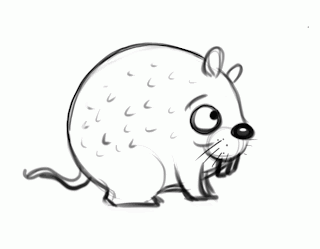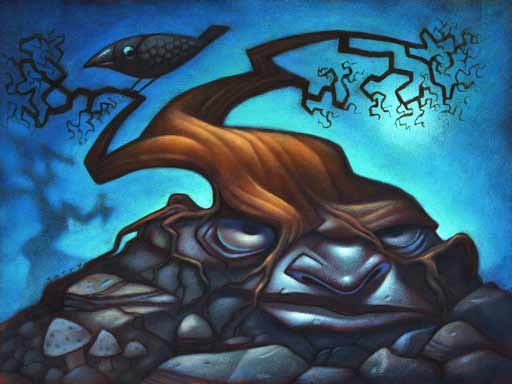How To Make A Story App – Step 4
Work on character sketches, Interior sketches, and animations.
If you’re new to this blog you might want to scroll down to see my first steps…
Keep in mind that I’m making this up as I go
– I really don’t know what I’m doing but I’m going about this as systematically as possible. And the others here at Folio Academy are still letting me so there you go. I’m using my experience from illustrating children’s books to guide my process but apps are a whole new beast so we’ll see if this works out. Right now I have the entire app sketched out and am checking all of my animations to make sure they work and communicate.
What should you NOT animate?
The hard part was figuring out what to animate but more importantly what NOT to animate. I really want this app to be able to do more than a book but I don’t want to get into full blown animation. I like the idea of page breaks to let the reader fill in the missing visuals with their mind – so not getting caught up in time consuming non-important animation is key to making my self imposed deadline and keeping my sanity, or what’s left of it.
But what if you’re not an animator?
Good Question, I’m NO animator – This is my first time. I’m taking a serious crack at it so I don’t want to bite off more than I can chew either. The little guy above is my main character and I’ll be able to re-use this animation over and over in my story. Of course I still have to paint him so my work isn’t finished but you can see that even an old illustrator can learn a few new tricks
Where can I learn more about creating my own apps?
Glad you asked.
– I made a video tutorial on how to prepare this kind of artwork for a story app here.
Alex Sousa is going to show us how to make these kinds of animations work in Kwik in our upcoming class that begins in a few weeks. We still have a handful of slots left for the live class but many are opting for the LITE, or video recordings of our class.
Check back October 4, 2013 for step -5.














